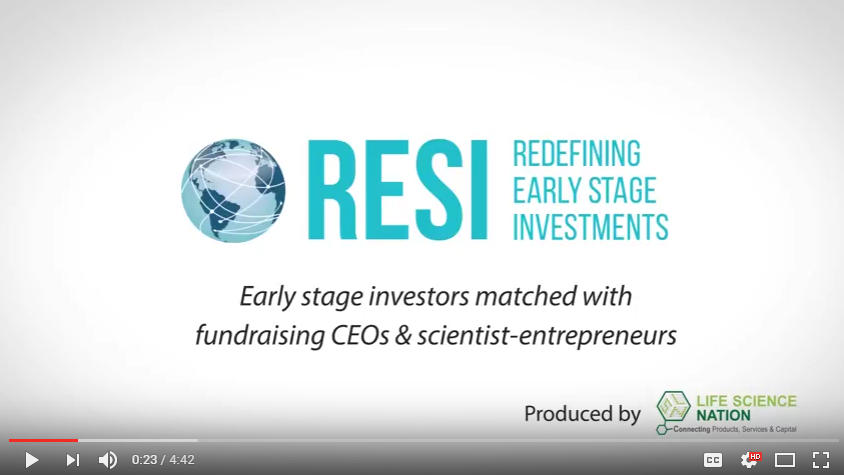By Max Klietmann, VP of Research, LSN
The NIH has been faced with considerable difficulties as of late in terms of finding the required means to continue moving science forward at the early stage. However, the group recently announced a commitment of $12.7 million to a novel project – funding further research on assets that have been cast-off by big pharma in key indication areas that represent a significant unmet medical need (e.g. Alzheimers, Duchenne, etc.). The initiative has been fittingly named Discovering New Therapeutic Uses for Existing Molecules, and it may be a groundbreaking solution to several problems facing drug development today. These include reducing time to market, alleviating early stage investment risk, and creating even more incentive for research scientists to orient themselves towards commercialization of research.
Shortening time to market
The Discovering New Therapeutic Uses for Existing Molecules program’s single greatest benefit to the market is that it drastically reduces time to market. Rather than starting from scratch when developing compounds, researchers affiliated with the program are granted access to abandoned drug candidates owned by big pharmaceutical companies. These drugs may have been abandoned for a variety of reasons, and are now stagnant IP, sitting in a filing cabinet. This program puts them back to good use – One can think of it as subsidized out-licensing back to academia. The key is that these drug candidates have already undergone human safety trials. With this piece of the puzzle already taken care of, researchers have a much better shot of bringing them to market rapidly.
Investment risk reduction
Another big advantage to the program is that these assets have a reduced risk profile for investors seeking to capitalize on the opportunity. The NIH program will support the research for up to three years, allowing reasonable time to complete Phase IIa trials, at which point the projects will need to find other sources of financing. This gives investors an opportunity to invest in assets with a strong pedigree and minimal equity dilution risk, quite far down the pipeline.
So what does it all mean? At the most basic level, this pilot project represents a willingness on the part of the NIH to get creative. This program is very different from traditional research grants, and it shows that the agency is thinking within the context of the industry as a whole. This translates to a more attractive environment for investors, better deal terms for entrepreneurs, and more products making it to market. Keep your eyes on this program, as it will be a good indicator of how the NIH may be orienting itself on a larger scale moving forward.
1. “Discovering New Therapeutic Uses for Existing Molecules.” Discovering New Therapeutic Uses for Existing Molecules. NIH, n.d. Web. 20 June 2013.






Leave a comment